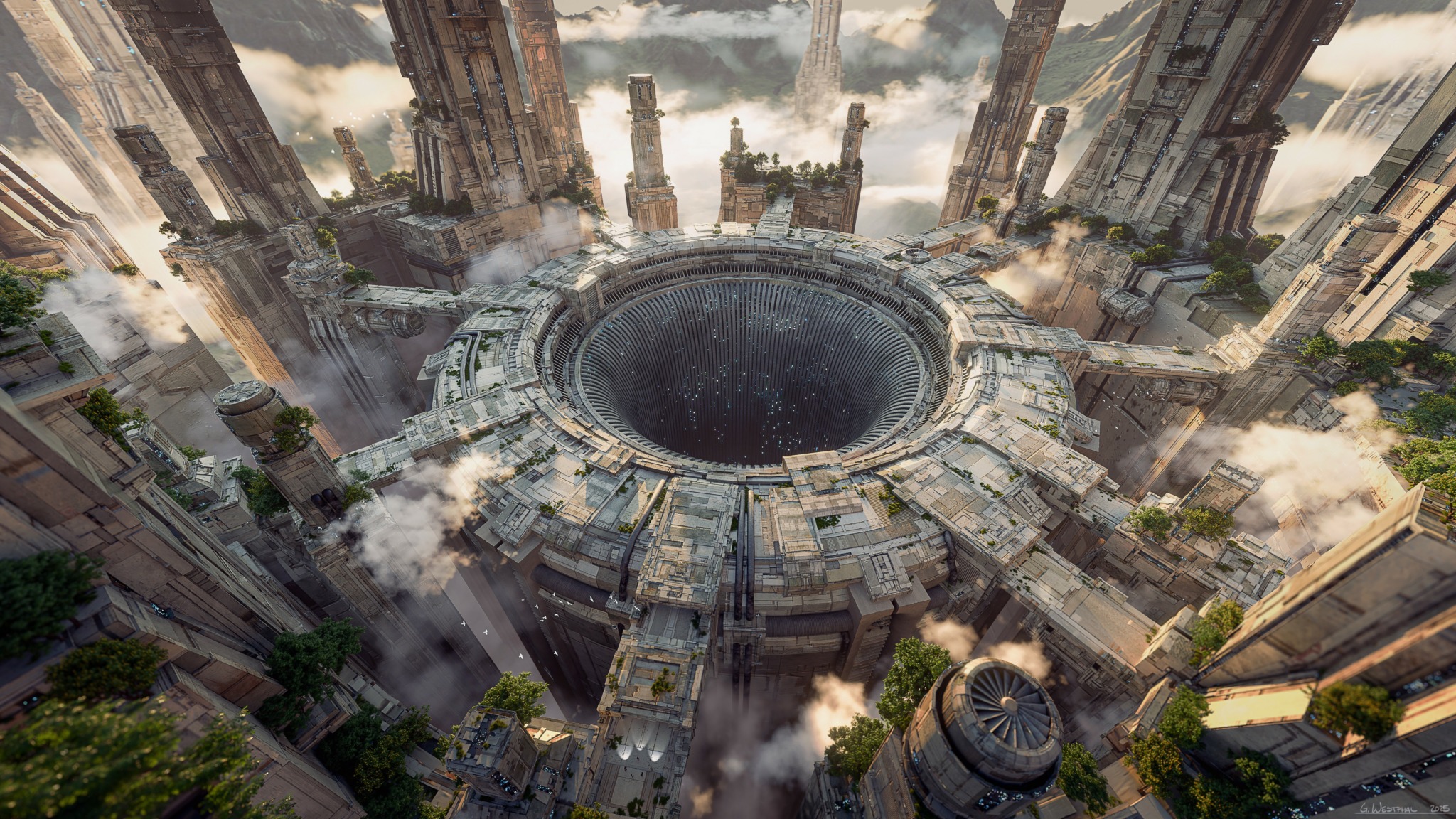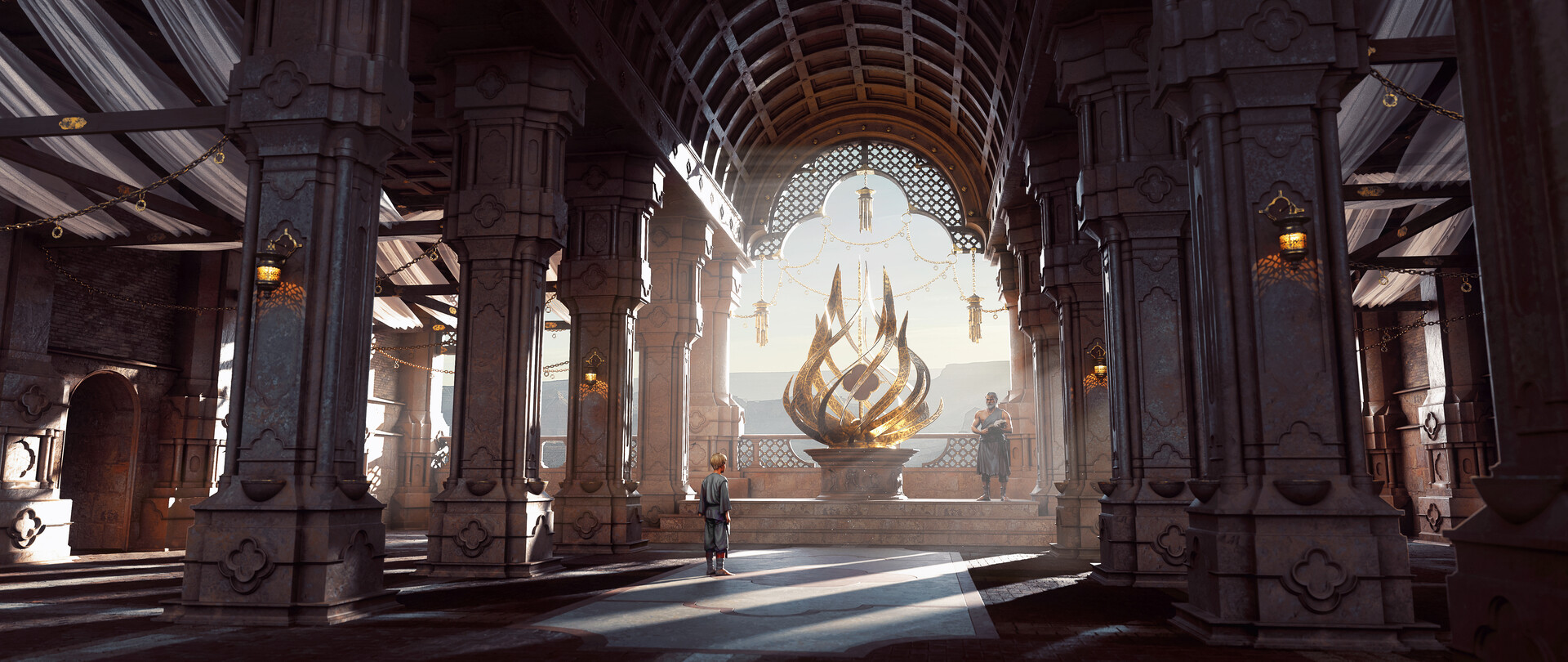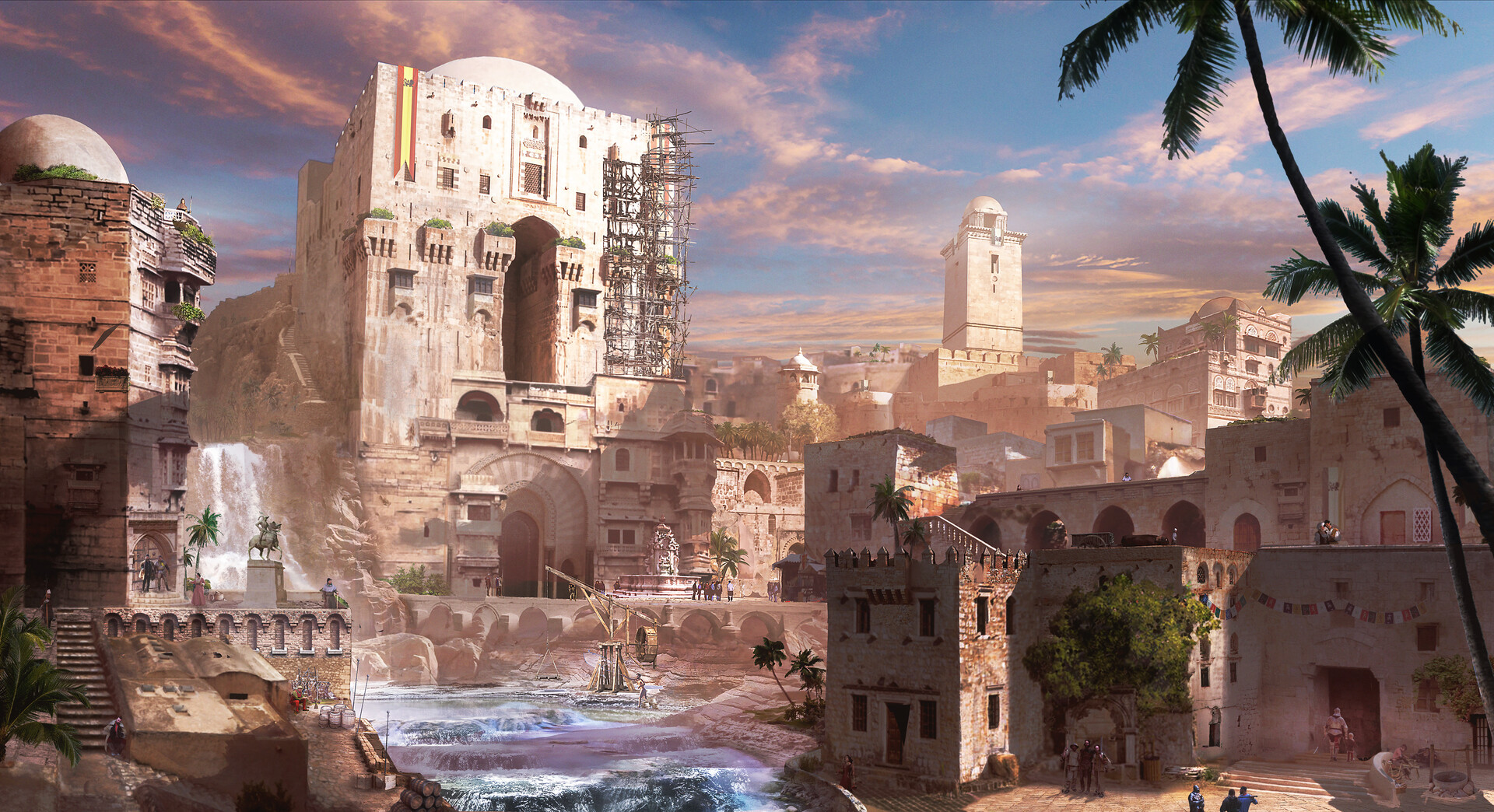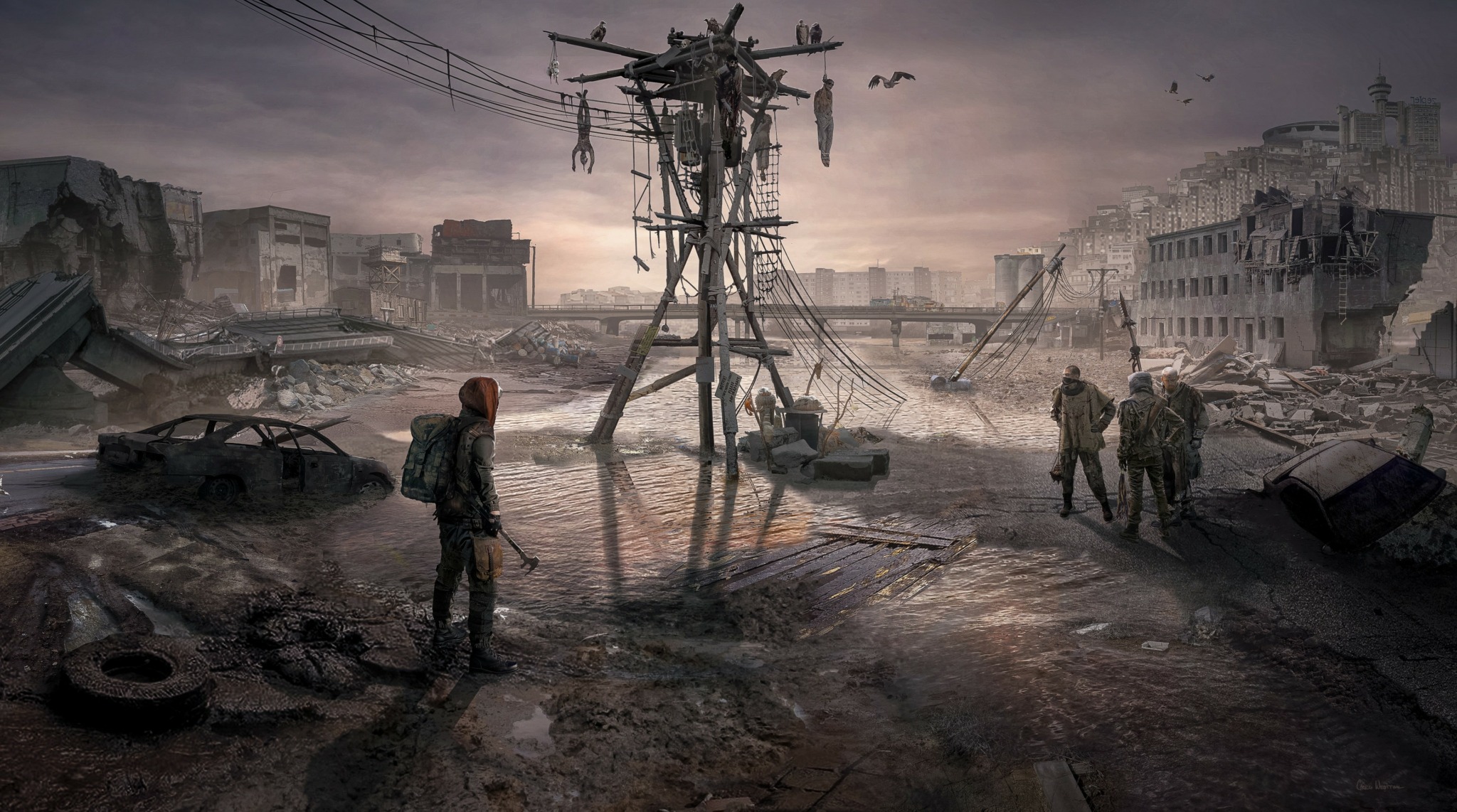We’re excited to introduce you to the always interesting and insightful Gregory Westphal. We hope you’ll enjoy our conversation with Gregory below.
Gregory, looking forward to hearing all of your stories today. We’d love to hear the backstory behind a risk you’ve taken – whether big or small, walk us through what it was like and how it ultimately turned out.
In 2016, after 3 years of starting the journey to be a professional concept artist, a friend of mine messaged me at 3 am PST. He is Polish and the time zone made sense for him to be at work and I was up burning the midnight oil on portfolio work. “Hey Greg, would you mind if I put your name in for a role at our company.” I agreed to apply and took the art test. I had previously lived in Singapore while I was going to school so living international wasn’t out of the questions and my family’s ethnicity is polish so I was excited it would be a natural fit.
I would be leaving behind my then long term girlfriend, newly made friends, aging family members and my residence in the most electric entertainment hub in the world, Los Angeles to take a role in the city of Wroclaw Poland that had minimum 3 stop connections from family, an eastern bloc cultural history that was completely alien to me and very little English fluency to work at a relatively unknown company which my only exposure to was some drawings done for a previous project form an artist who no longer worked there. Even with my history of making impulse decisions that flung me abroad for years I was really skeptical on this opportunity.
It was incredibly difficult and from the moment I arrived I was absolutely a fish out of water. My personal life seemed to be falling apart more with every week, my output at the company was rocky and the city itself seemed to be actively trying to force me out. My family motto is “if you’re going to be dumb, you gotta be tough” and I figured if this was a stupid mistake I would have to tough it out. The best choice of my life was to see it through.
I eventually output a series of weapons that made it to billboards around the world and although the game I was working on, Dying Light 2, came out well after I had left the company I felt like I had left my mark. My career really started with that role and I am eternally grateful to the company Techland and the city of Wroclaw for giving me the space to grow. Personal development was accelerated too because I went to Poland still going through that late onset millennial adolescence and left with the discipline and experience to see myself a professional.

As always, we appreciate you sharing your insights and we’ve got a few more questions for you, but before we get to all of that can you take a minute to introduce yourself and give our readers some of your back background and context?
Probably more difficult than the work I actually do is describing to out of industry people the work I do. Concept Artist/Designer is a role that uses visualization tools to create windows into possible outcomes and solutions. If you’re making a new home you might request an architect to draw up some loose sketches to show overall impressions well before you start choosing which wall a closet should be along. If you’re making a new sports car you might hire a transportation designer to explore the visual range between the aggressively angular Lamborghini Huracan and the curvy speed lines of the Porsche GT3 RS. A concept designer will do a very similar role for products that don’t fit cleanly into pre-established categories.
When Blue Origin and Sierra Space jointly began work on their space station Orbital Reef they hired concept artist to do previsualization at every stage to rule out dead end decision trees and keep the team oriented towards the correct goal. When the Saudi’s start their mega projects they bring on teams of concept designers to dream up wonders in the desert. When Hollywood need to imagine sci-fi universes like that seen in Dune or fantasy worlds like that of Harry Potter there are concept artist jointly imaging and creating images to establish the directors vision for the rest of the crew to make.
For entertainment projects I’ve concepted post apocalyptic medieval weapons for the world of Dying Light, helped bring back the neon filled grittiness of Miami in the 1970s for Call of Duty: Cold War and assisted the monumental task of elevating Fujimi Kaido, a legendary fictional track in Forza Motorsport to modern simulation quality mimicking Hakone Japan. My real world clients had me explore mixed security region military bases for the US Army, prototyping science equipment for Titan Space and worked on the Saudi’s aspirational city of the Future, Neom.

Is there a particular goal or mission driving your creative journey?
My goal is to create worlds that my younger self and younger brother would have enjoyed as kids and to create real world products that allow us to embrace a more human focused future.
Growing up there were countless hours shared with my brother talking about worlds like Warhammer, Zelda and Halo. Modern IPs aren’t just escapism for children, they are the modern myths that inspire us to push harder and act more ethical. I firmly believe that every generation needs stories that resonate with them and visual media to tell those stories. There is a cynicism in many entertainment intellectual properties now that I believe has root cause in the cost of creating movies and games skyrocketing. That pessimism permeates these created worlds and ruins the magic for those most in need of the stories and dreams. I hope to always be fearless in my creative process and focused on recreating the feelings I had in my youth.
Human focused future might seem like consultant technocrat babble because of its wordage but the meaning to myself is simple. Too many products are made because there is the speculation of numbers on a graph somewhere going up. Too many corners are cut in every day products to make someone’s bottom line look better and the material wealth and quality of life for every day people is lowered in many cases because the metric which we measure successful product is one dimensional. In any real world project that I apply my craft to I always have the fundamental consideration of who is using the product and how would that actually want it to be used.

Can you share your view on NFTs? (Note: this is for education/entertainment purposes only, readers should not construe this as advice)
Its easy to look back at everyone being duped to by cartoon apes and laugh but its also terrifying to look forward and see the lawlessness of a sea of AI generated media feeds that has no traceable creator and no apparent structure.
NFTs as they were are probably beyond redemption in the eyes of the public. The underlying issue they attempted to address isn’t going away any time soon and a probable solution will most likely have the DNA of NFT somewhere as a failed iteration. Intellectual property rights are in a tumultuous legal space where the de jure and de facto are hurtling away from each other and acceleration rates. AI plagiarizes millions of people and threatens to disenfranchise entire industries, global institutions are defanged from punishing countries known to violate intellectual property rights agreements and distribution has an ever growing rate of piracy baked in to every service provided. The modern legal framework to protect IP dates back nearly 300 years where the technological landscape was dramatically different than now. The internet has made file duplication in economic terms a public good and because the only scarcity that can be created is artificial if there is going to be any Intellectual Property rights in practice there will need to be something like a block-chain or NFT system to show ownership.
Contact Info:
- Website: https://www.artstation.com/gregwestphal
- Linkedin: https://www.linkedin.com/in/greg-westphal-concept/



